Images
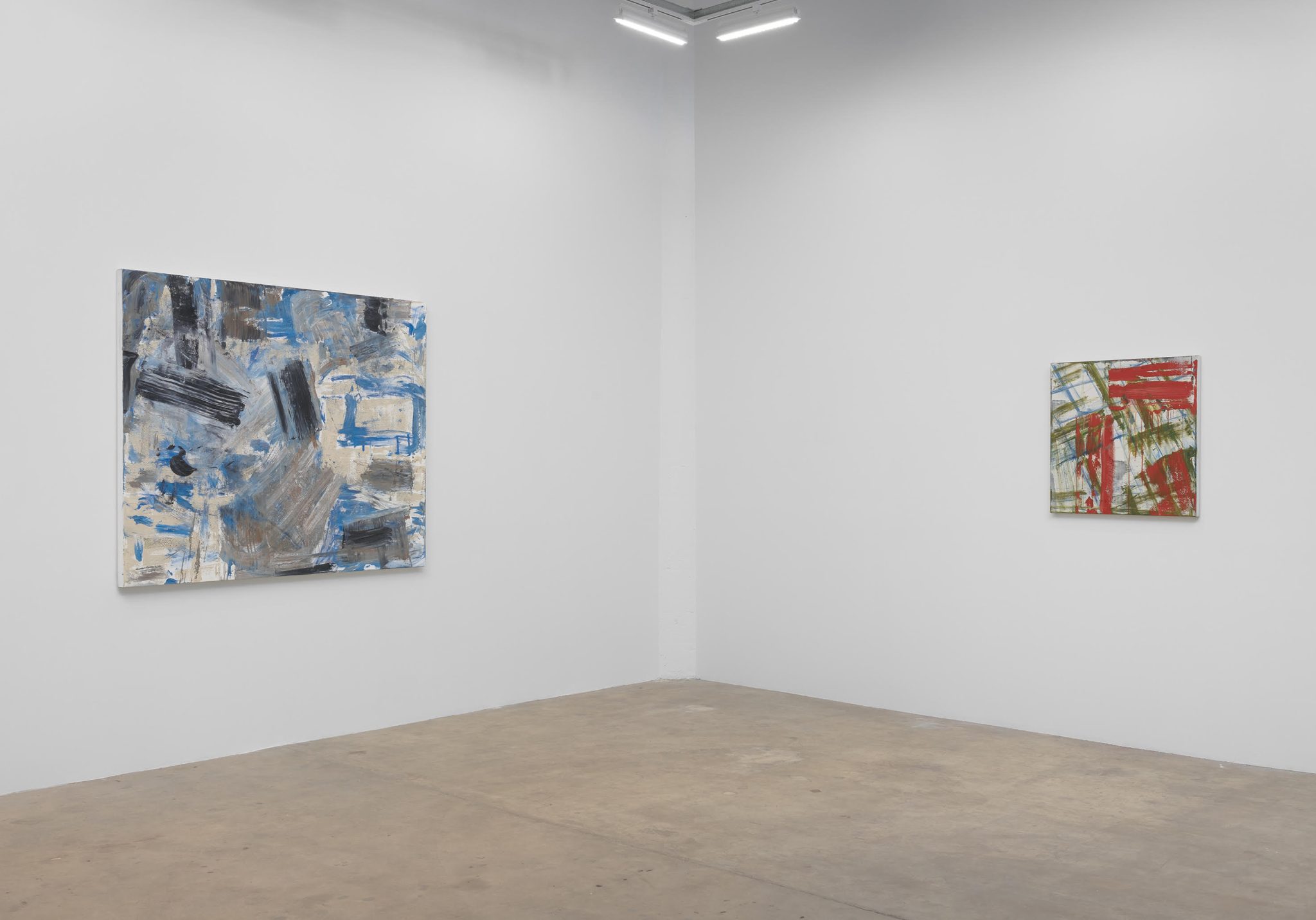
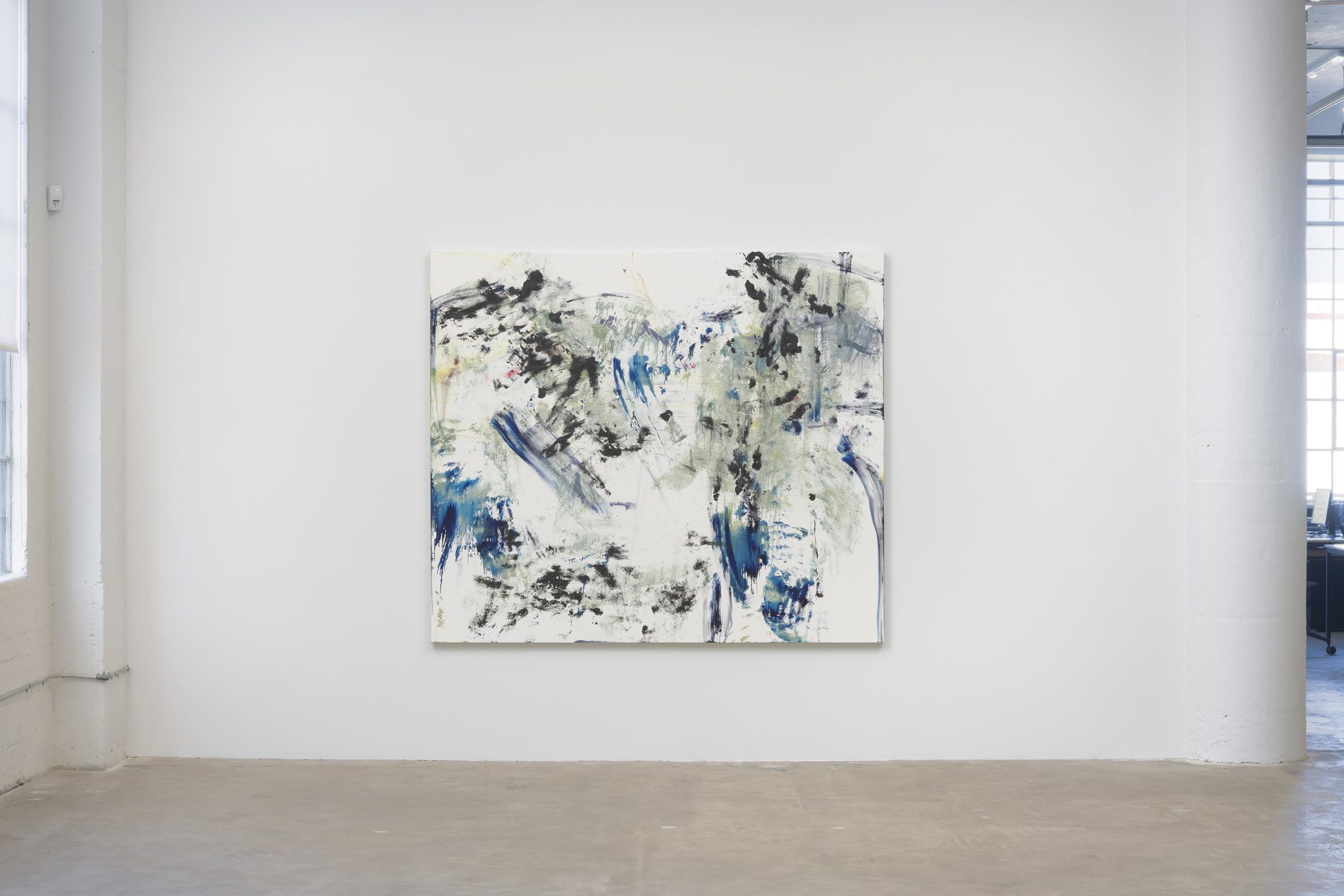
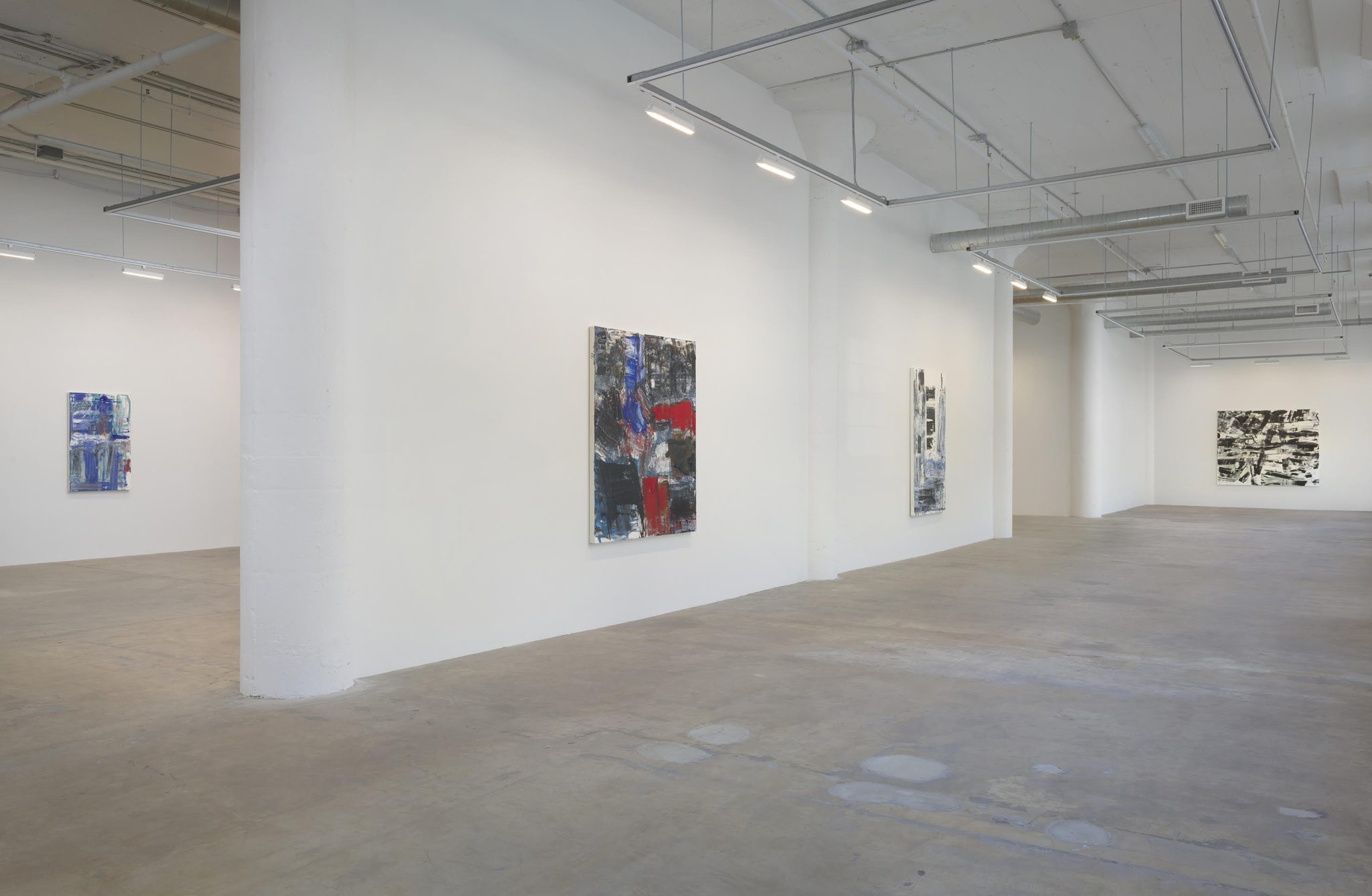
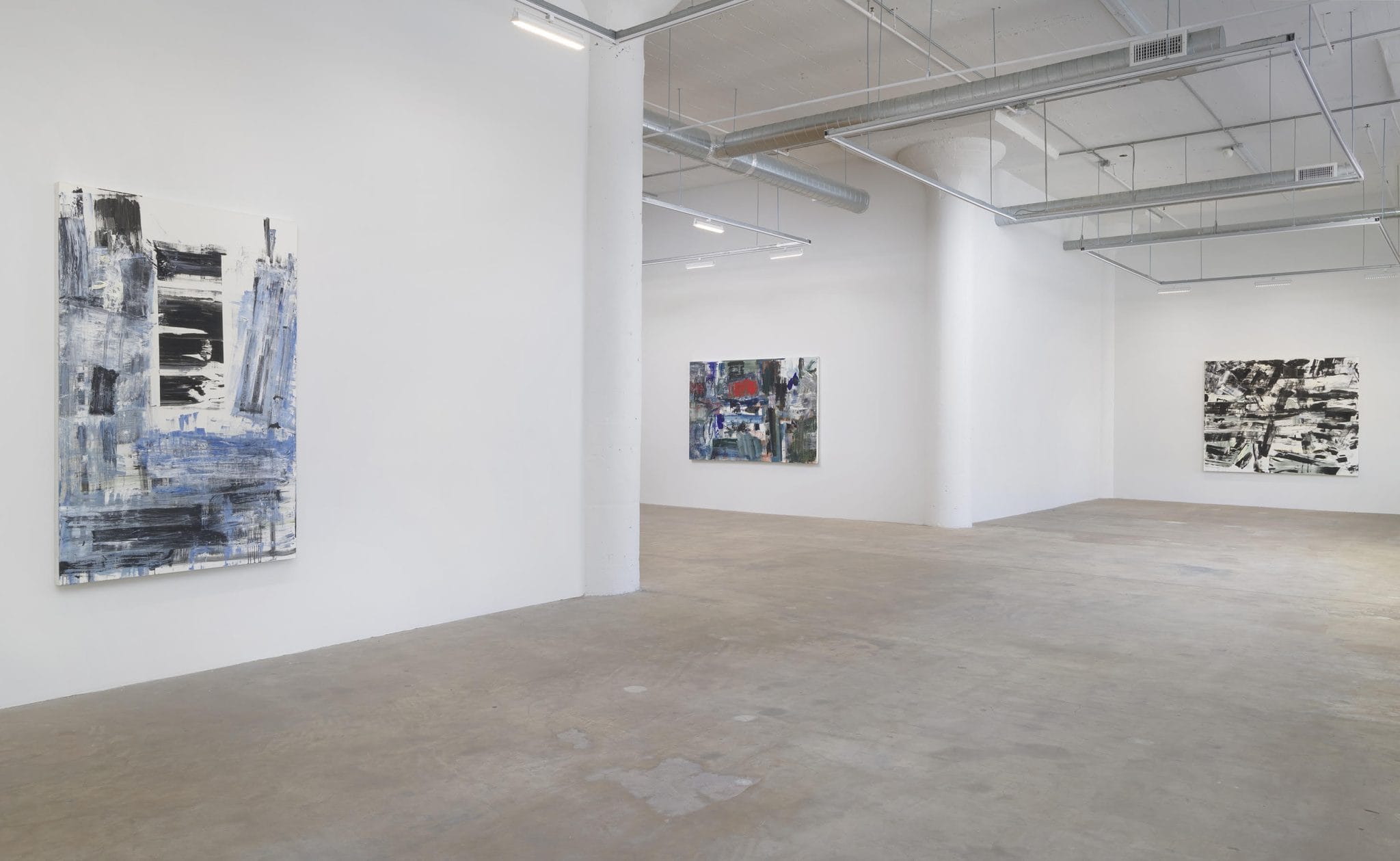
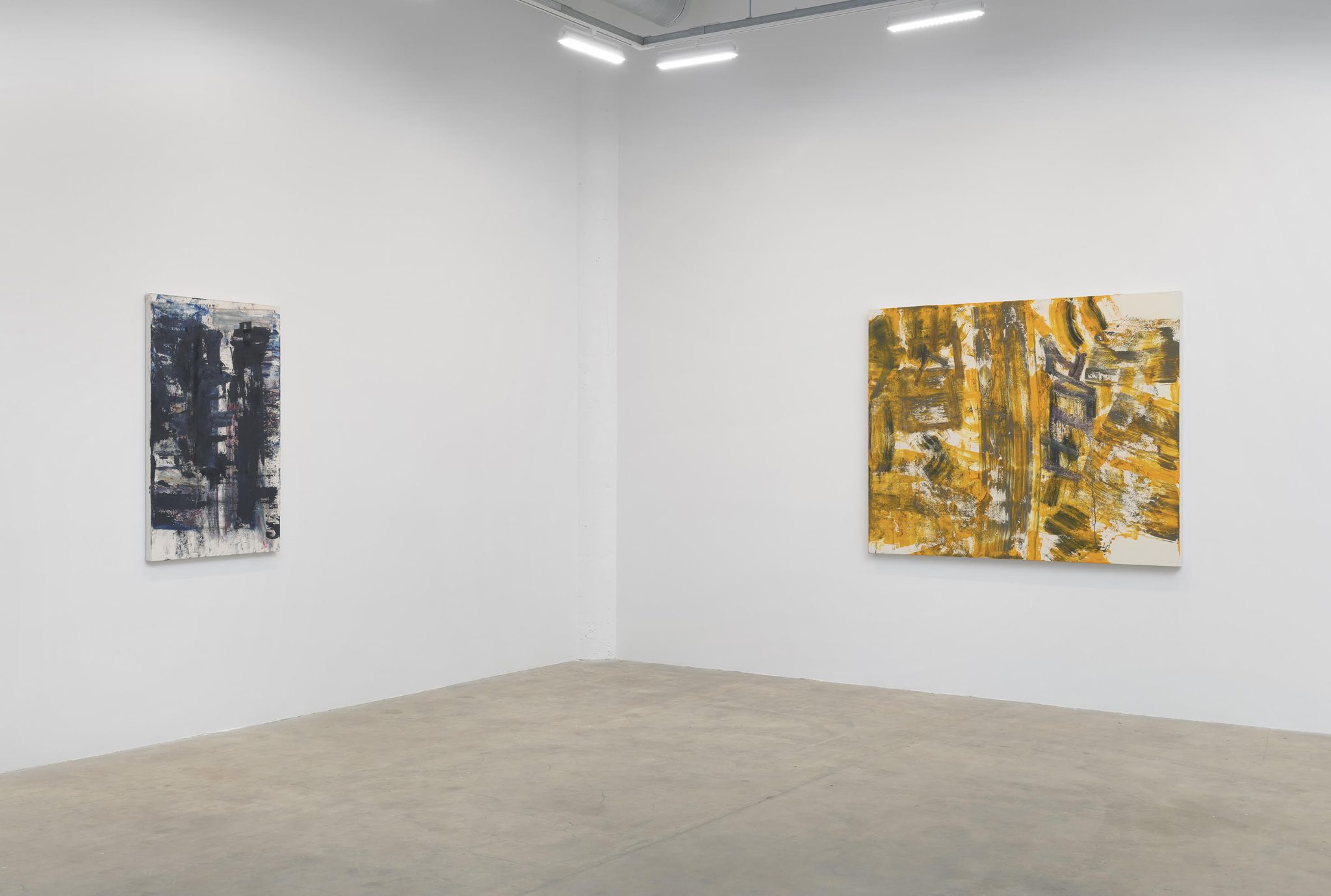
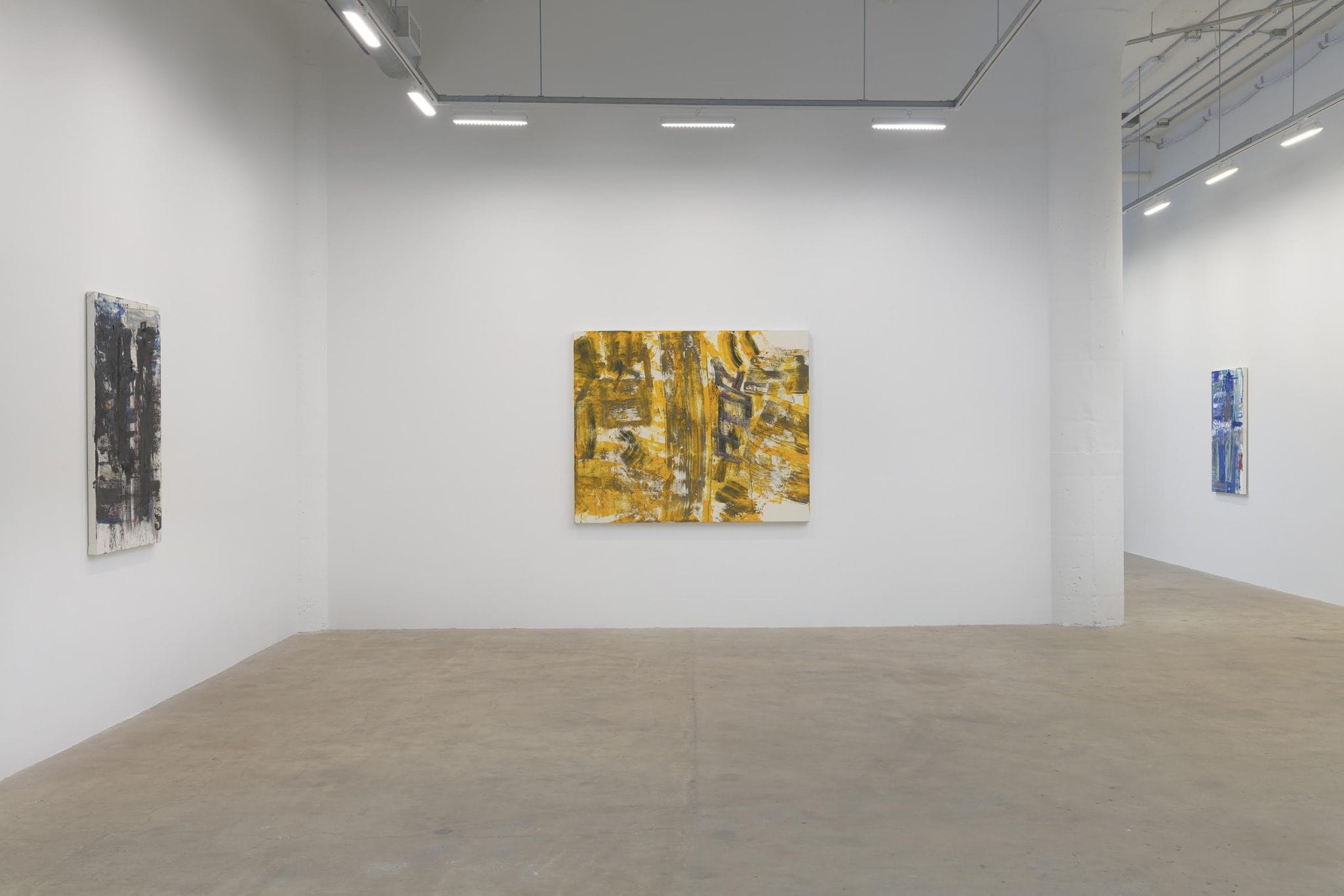
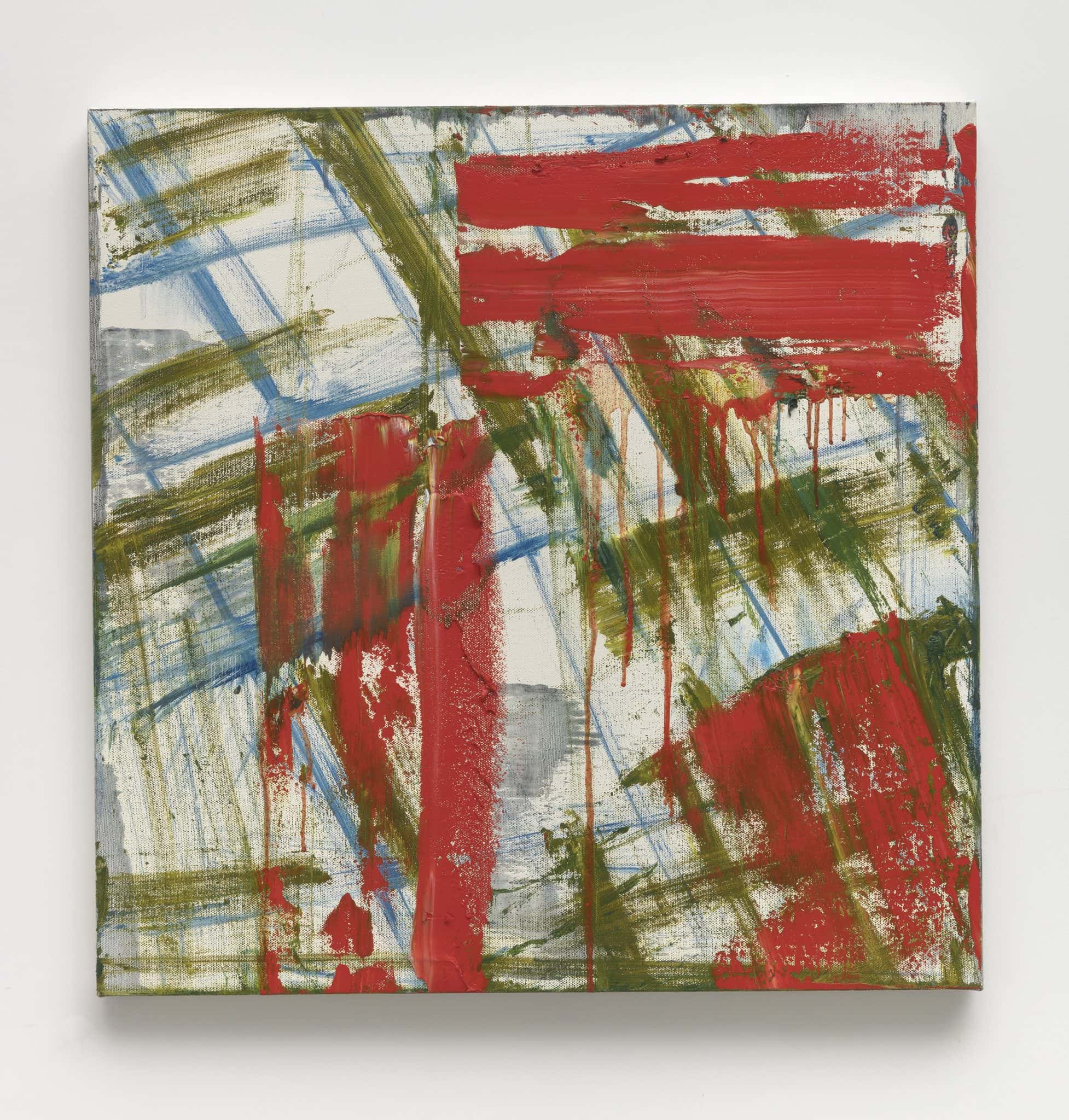
Louise Fishman
“A Rush of Hard Consonants,” 2018
“A Rush of Hard Consonants,” 2018
Oil on linen
30 x 30" [HxW] (76.2 x 76.2 cm)
Inventory #FIS111
Courtesy of the artist and Vielmetter Los Angeles
Photo credit: Robert Wedemeyer
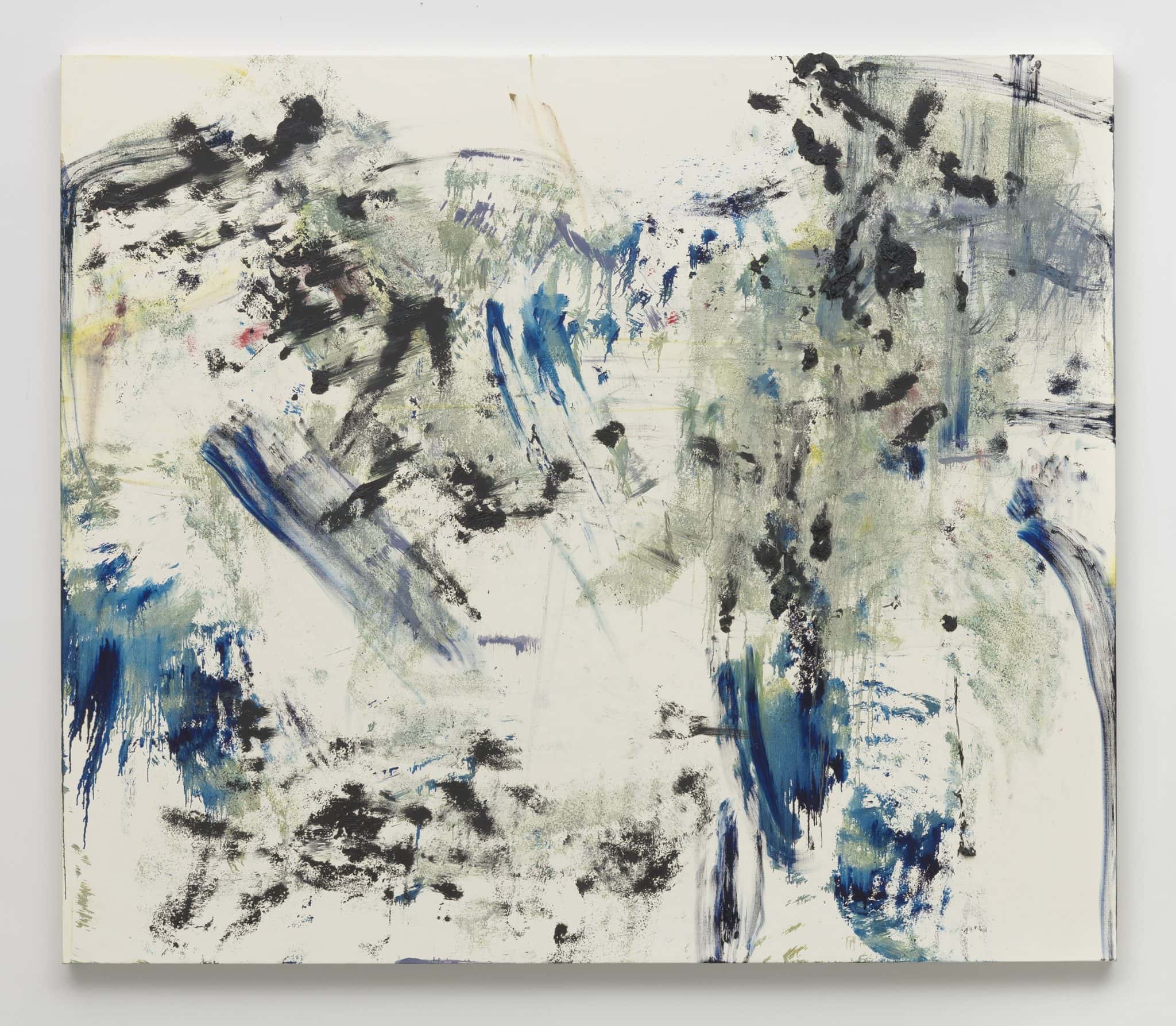
Louise Fishman
“Like Air I'll Rise,” 2018
“Like Air I'll Rise,” 2018
Oil on linen
74 x 86" [HxW] (187.96 x 218.44 cm)
Inventory #FIS116
Courtesy of the artist and Vielmetter Los Angeles
Photo credit: Robert Wedemeyer
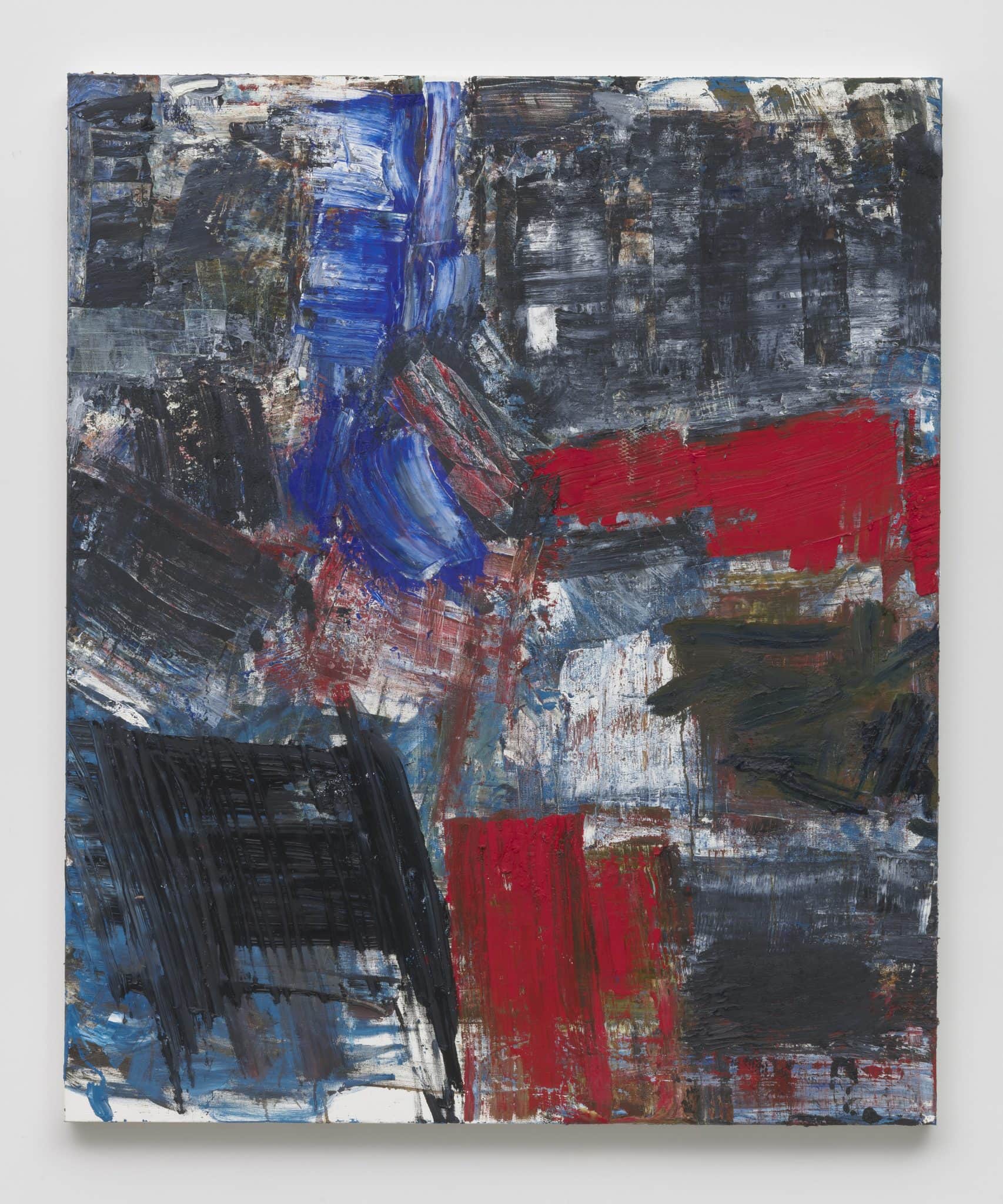
Louise Fishman
“Pathetique,” 2019
“Pathetique,” 2019
Oil on linen
66 x 55" [HxW] (167.64 x 139.7 cm)
Inventory #FIS122
Courtesy of the artist and Vielmetter Los Angeles
Photo credit: Robert Wedemeyer
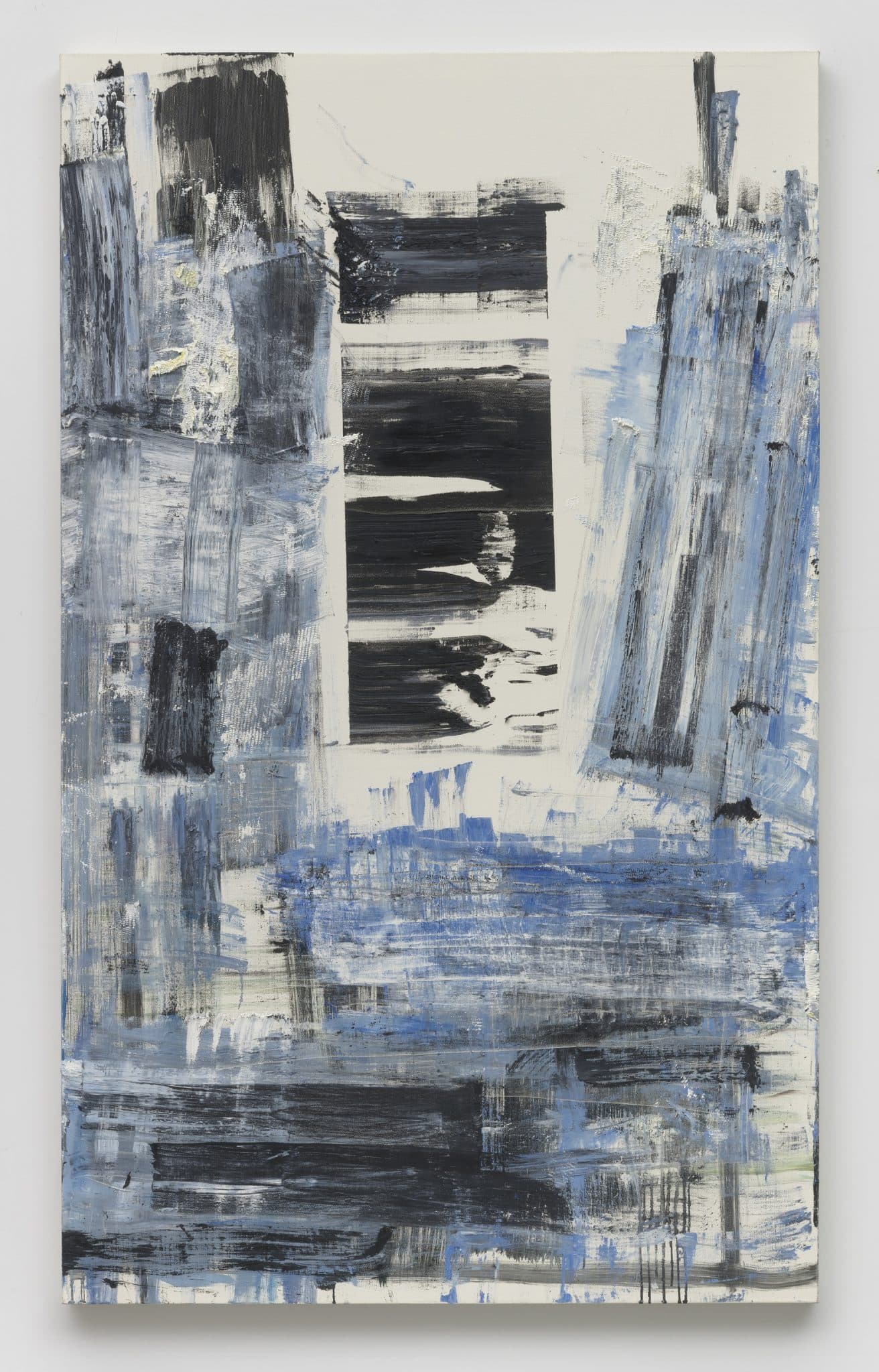
Louise Fishman
“Grenen,” 2018
“Grenen,” 2018
Oil on linen
76 x 46" [HxW] (193.04 x 116.84 cm)
Inventory #FIS109
Courtesy of the artist and Vielmetter Los Angeles
Photo credit: Robert Wedemeyer
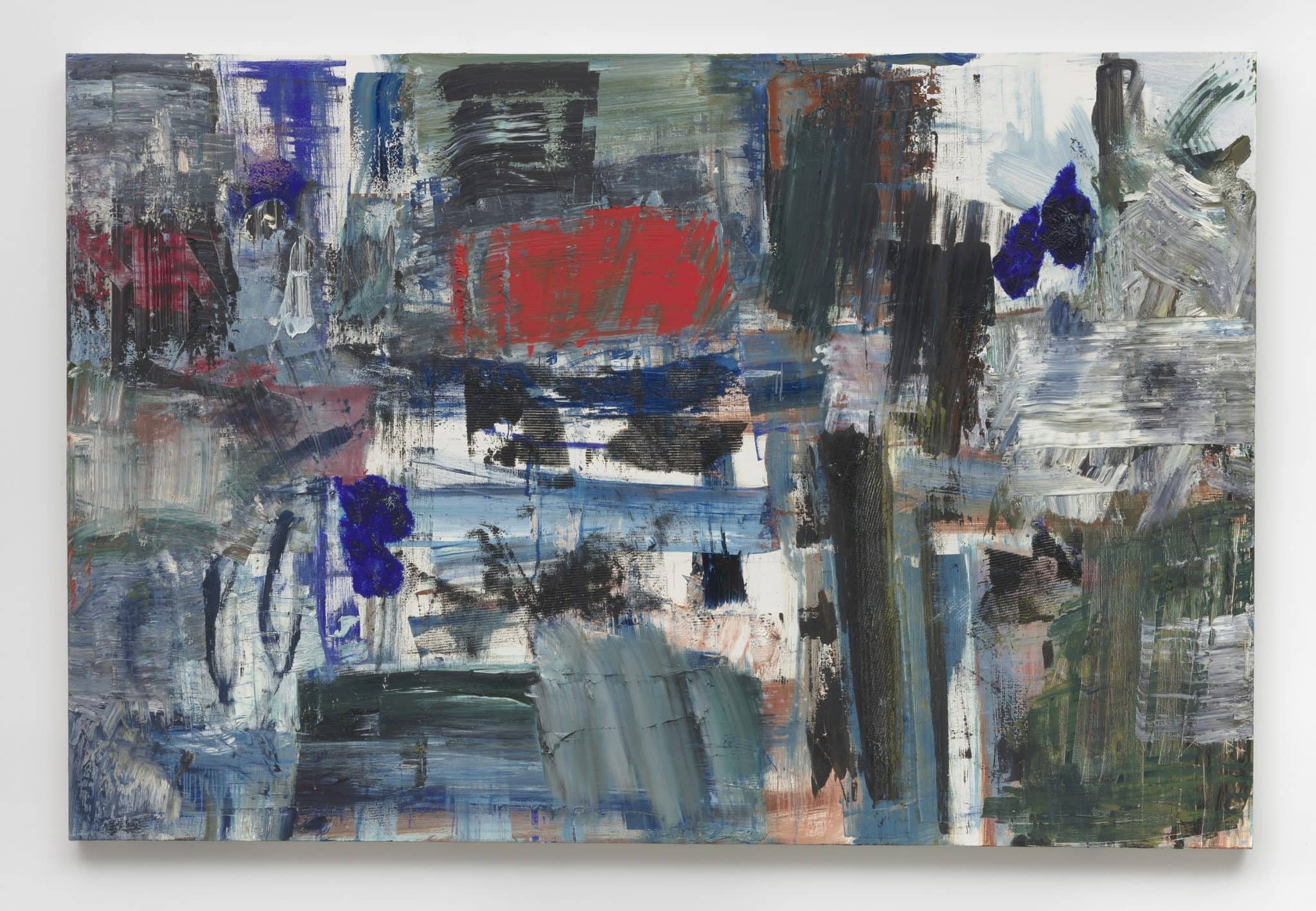
Louise Fishman
“Quartet for the End of Time,” 2018
“Quartet for the End of Time,” 2018
Oil on linen
60 x 90" [HxW] (152.4 x 228.6 cm)
Inventory #FIS117
Courtesy of the artist and Vielmetter Los Angeles
Photo credit: Robert Wedemeyer
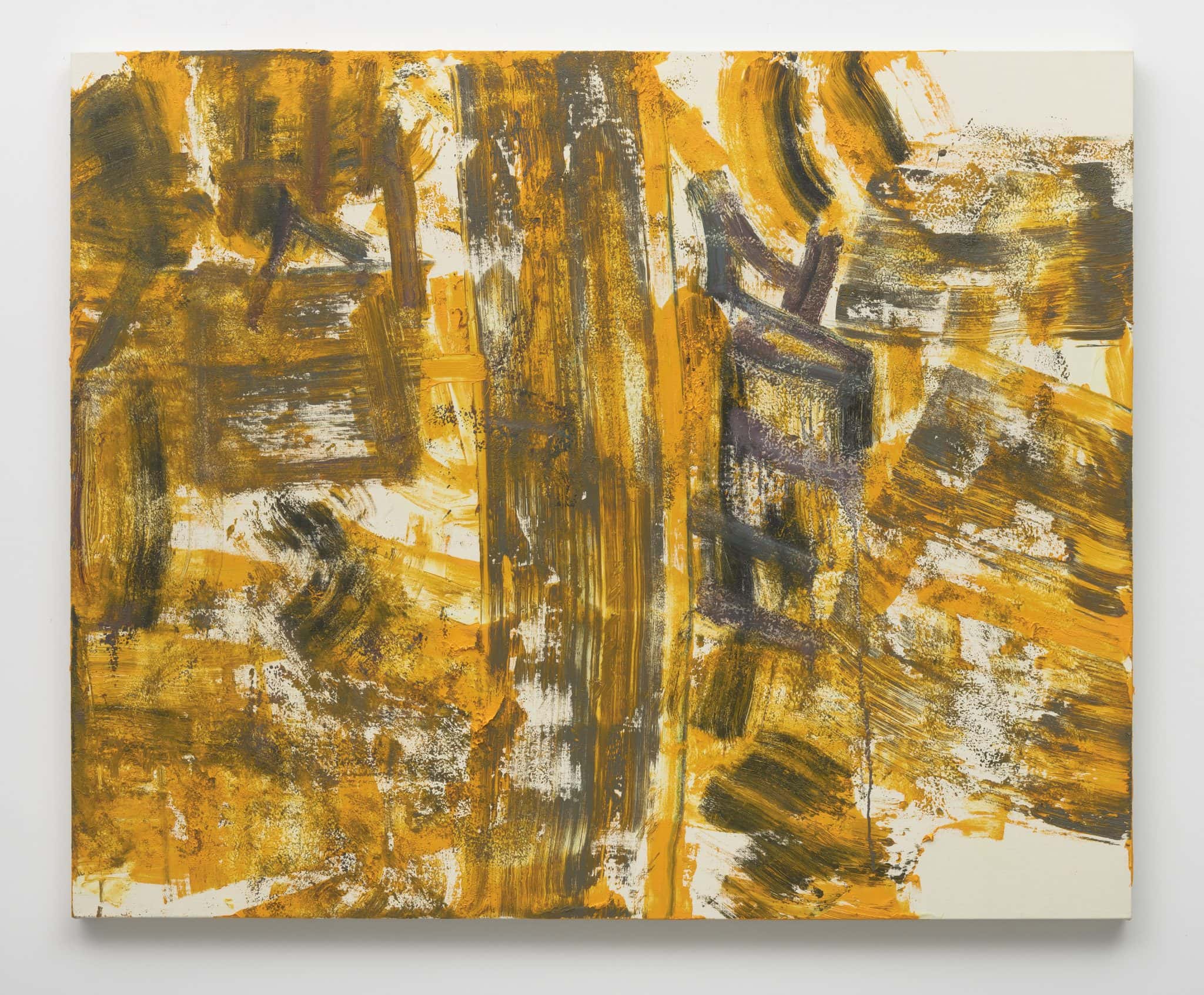
Louise Fishman
“Mixed Weather,” 2019
“Mixed Weather,” 2019
Oil on linen
57 x 70" [HxW] (144.78 x 177.8 cm)
Inventory #FIS121
Courtesy of the artist and Vielmetter Los Angeles
Photo credit: Robert Wedemeyer

Louise Fishman
“The Hard Sound,” 2018
“The Hard Sound,” 2018
Oil on linen
50 x 30" [HxW] (127 x 76.2 cm)
Inventory #FIS112
Courtesy of the artist and Vielmetter Los Angeles
Photo credit: Robert Wedemeyer
Press Release
Vielmetter Los Angeles is pleased to announce The Tumult in the Heart, an exhibition of new paintings by Philadelphia born, New York-based painter Louise Fishman opening on September 20, 2019.
Over the last five decades, Louise Fishman has developed an articulate and athletic approach to painterly abstraction that reflects her ongoing interest in the grid as a support for composition; her feminism; her lesbianism; her Jewish identity; her pleasure in poetry, literature and music; and her passion for the material possibilities of paint on canvas. In our contemporary moment, gestural abstraction is often considered a purely formal, apolitical approach to art-making, but in Fishman’s hands muscular pulls and slashes of paint speak to intense personal power and the energy and vision required to imagine and create a more aesthetically generous world.
As a young woman, Fishman was inspired by abstract expressionism, particularly the work of Franz Kline and Joan Mitchell. The physicality of this type of painting resonated with Fishman’s own proclivity toward athleticism and its expressive qualities piqued her interest in a mode of visual composition akin to music and poetry. In the late 1960’s, after she started her own feminist consciousness raising group with several women artists in New York, Fishman elected for a time, as many women artists did, to stop painting. (She also left the consciousness-raising behind, preferring to develop conversations around feminism within the lesbian community, where her friends were mostly writers, musicians, intellectuals, a conversation that felt more diverse than that in the art world.) At the time, the medium was experienced by female artists as encumbered by male dominance; inextricably connected to a patriarchal history, market, and culture that did not open its doors to paintings made by women and non-white artists. She focused instead on material investigations in latex and stitched and knotted cut-up paintings that aimed to develop a language for art-making that centered female experience and history. The frustration that led to these investigations also led her back to painting by 1973 with her powerful Angry Woman series that combined text “Angry Louise / Serious Rage,” “Angry Ti-Grace,” with bold painterly gesture.
In 1988, Fishman visited Auschwitz and Terezin, two Nazi concentration camps in Eastern Europe. The trip was transformative and resulted in a series of paintings, Remembrance and Renewal, onto which she applied ashes mixed in soil collected from the Pond of Living Ashes at the Birkenau concentration camp in Poland. In these works, the architectural gestures and attention to atmospheric space that define Fishman’s current paintings begins to emerge anew; an empowered confident calligraphy honed from years of processing what it means to be an artist who is also a queer Jewish woman deeply invested in the political urgencies of those identities.
For her exhibition at Vielmetter Los Angeles, Fishman presents a suite of new works made in 2018 and 2019. The works range from subtle compositions where Fishman’s knifed and troweled application of paint is transformed into a delicate gesture, suggestive of atmosphere and light in GRACE IN HILLS AND GARDENS, to the austere FRIGG, a striking work dominated by the suggestion of a grid in bold lines of black pigment scraped over touches of pale, frosty blues and greens, named in homage to the Queen of the Aesir / Norse Gods. Elsewhere, Fishman references Olivier Messaien’s celebrated QUARTET FOR THE END OF TIME, composed while he was a German prisoner of war in WWII and first performed by his fellow prisoners.
The quartet, which experiments with the listener’s perception of time and was composed under dire circumstances and extreme limitations, is often described as one of the most emotionally open pieces of modern classical music. Fishman’s painting of the same name similarly explores extremes. One of the most heavily layered works in the exhibition, most of the large gestures are directed into the center from the four sides of the canvas, creating a sense of great compression there. At the same time, smaller gestures disrupt this pattern, pulling energy out in both playful, and seemingly desperate ways, as in a moment on the upper right corner where the artist appears to have clawed the paint with her hand. At a time where many of the gains made by the radical social justice movements of the 20thcentury feel imperiled, Fishman’s paintings seem to contain the contradictory experiences of anger and possibility, fear and clarity of need.
Louise Fishman was born in 1939 in Philadelphia. In 1956 she began studying art at the Philadelphia Museum School of Art, then at Stella Elkins Tyler School of Art, where she earned her BFA in Painting and Printmaking, and a B.S. in Art Education in 1963. She completed her MFA in Painting and Printmaking at the University of Illinois in Champaign/Urbana, and headed directly to New York in 1965, where she has lived and worked ever since. Her work is represented in many public collections, including: the National Academy of Art and Design, NY; the Metropolitan Museum of Art, New York; the Art Institute of Chicago, Chicago, IL; the Carnegie Museum of Art, Pittsburg, PA; the High Museum of Art, Atlanta, Georgia; the Jewish Museum, New York; the Neuberger Museum of Art, Purchase, NY; the Krannert Art Museum, Champaign, IL; the Weatherspoon Art Museum, Greensboro, NC; the Hood Museum, Hanover, NH; the Kunstmuseum Lichtenstein, Vaduz, Lichtenstein; Museum of Contemporary Art, San Diego, CA; the Woodmere Art Museum, Philadelphia, PA; and the National Museum of Women in the Arts, Washington, D.C. She was the recipient of three National Endowment for the Arts grants; a New York Foundation for the Arts Fellowship; and a Guggenheim Fellowship, among others. She was included in three Whitney Biennials, 1973, 1987, and 2014—the last biennial at the Breuer building. In 2016, the Neuberger Museum of Art organized the artist’s first retrospective, curated by Helaine Posner; the retrospective traveled to the Weatherspoon Art Museum, University of North Carolina at Greensboro and was accompanied by a second exhibition at the ICA Philadelphia titled Paper Louise Tiny Fishman Rock, curated by Ingrid Schaffner. A retrospective of work on paper, A Question of Emphasis: Louise Fishman Drawing will be at the Krannert Art Museum, Champaign, IL in January 2021.
